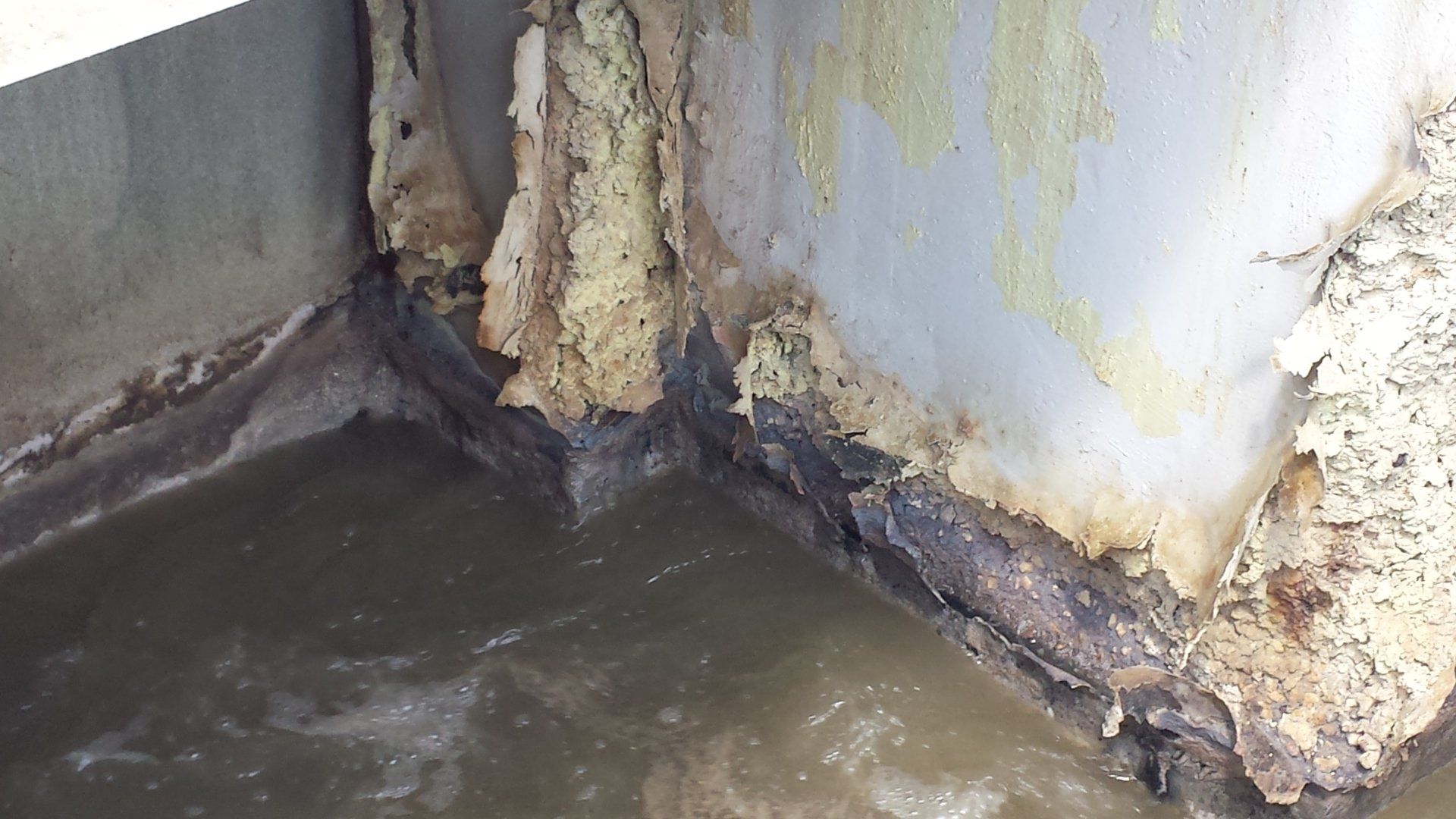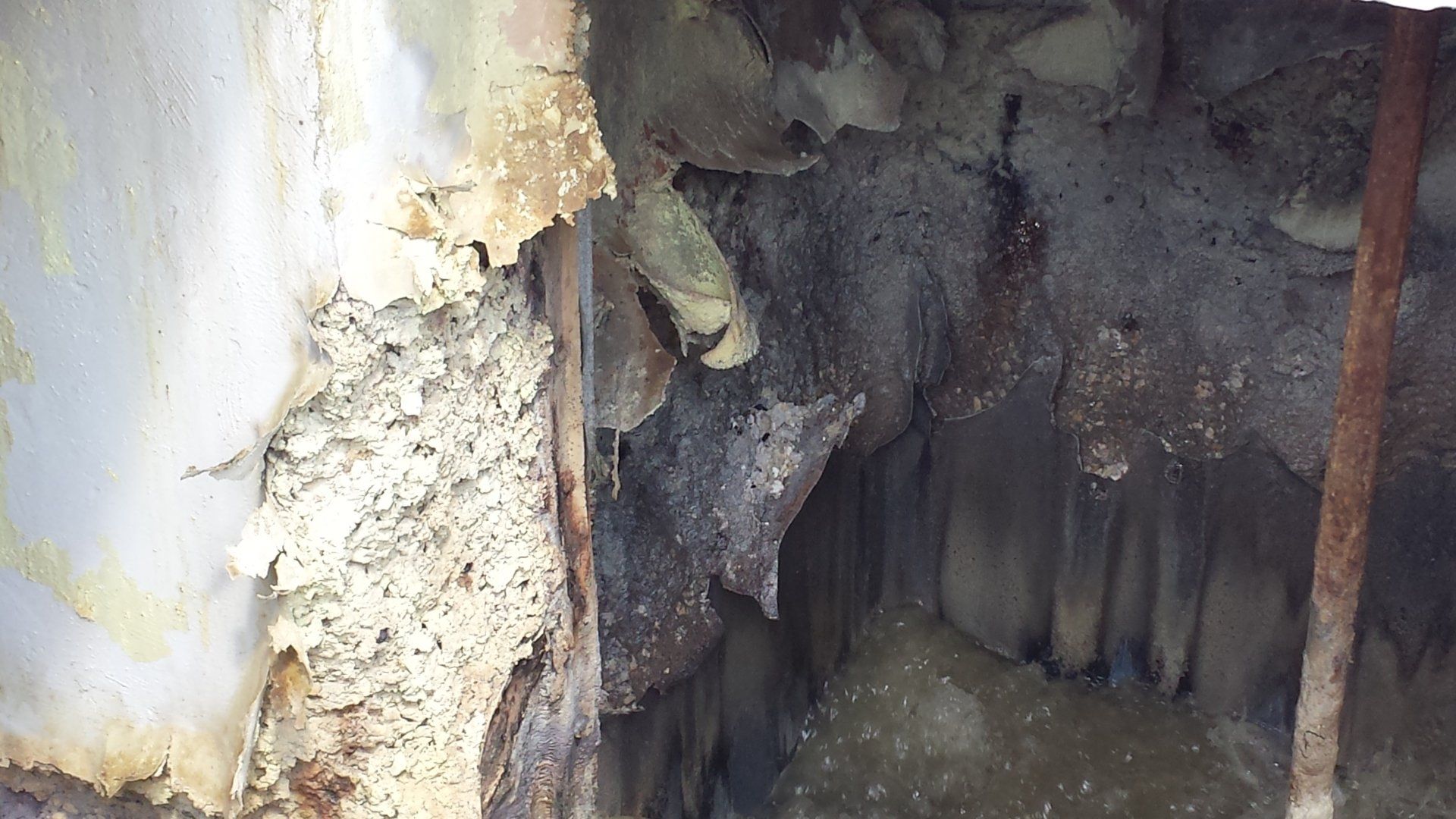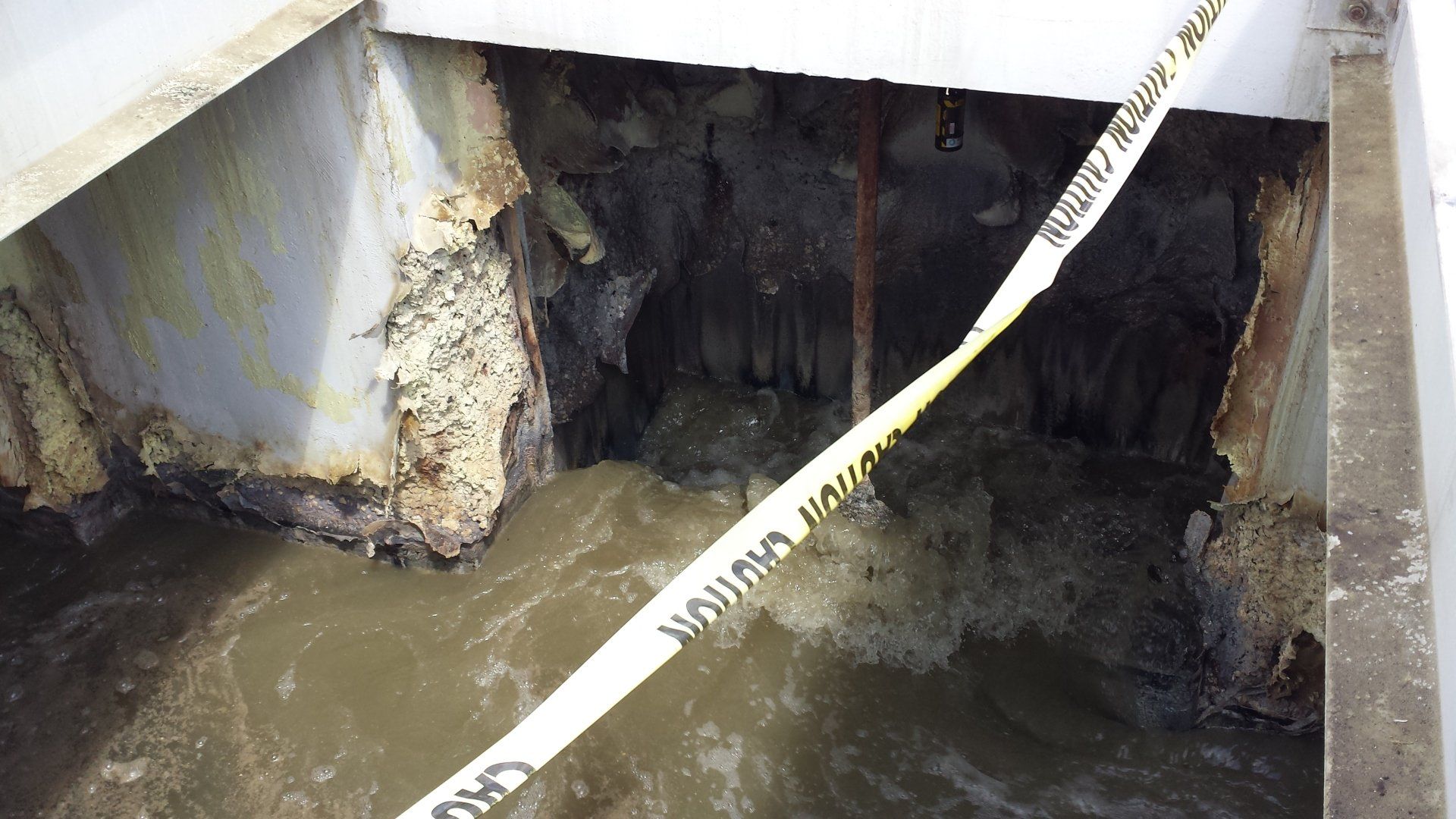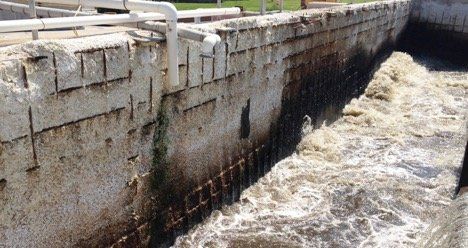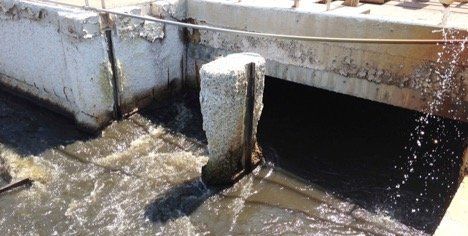The Problem: Hydrogen Sulfide (H2S)
Beyond the Smell: H₂S Threatens Worker Safety and Destroys City Infrastructure
Hydrogen Sulfide (H₂S), the gas responsible for that unmistakable "rotten egg" smell, poses serious health and infrastructure risks to our community. For our city workers, particularly those in confined spaces like sewers and manholes, H₂S presents an immediate and potentially fatal threat. At high concentrations, this gas acts as a chemical asphyxiant, causing rapid loss of consciousness, respiratory paralysis, and death. Even at lower levels, it can cause severe eye and respiratory irritation, and a dangerous effect called olfactory fatigue, where the victim can no longer smell the gas, providing a false sense of security while they continue to be exposed.
While city residents generally face lower exposure levels, the effects are still significant. The unpleasant odor itself is a public nuisance, leading to complaints, stress, and poor sleep quality. Moreover, chronic, low-level exposure has been linked to concerning systemic symptoms such as headaches, nausea, and fatigue. Protecting our workers requires strict safety protocols and monitoring, while protecting our residents means actively addressing the sources of H₂S that impact our neighborhoods.
It is crucial to understand that where there is an odor problem, there is an infrastructure corrosion problem—the two go hand-in-hand. The H₂S gas that causes the rotten egg smell is the direct precursor to corrosive damage in our sewer system. This process is driven by bacteria in the wastewater that release H₂S. The gas then rises, and a second type of bacteria converts it into highly aggressive sulfuric acid (H₂SO₄) on the walls of pipes and manholes. This acid rapidly eats away at concrete and metal infrastructure, drastically shortening the lifespan of our essential assets and leading to expensive failures. Therefore, controlling the H₂S odor is not just about air quality—it is essential for protecting the structural integrity and longevity of our city's valuable water infrastructure.





